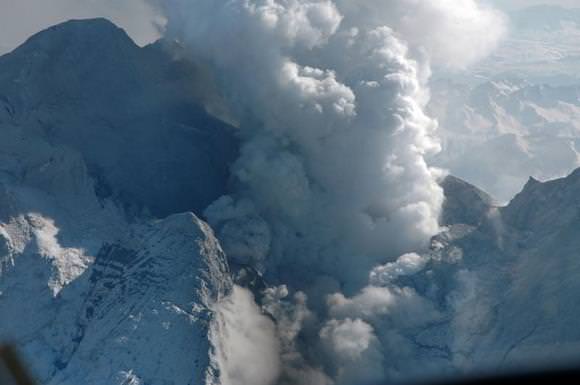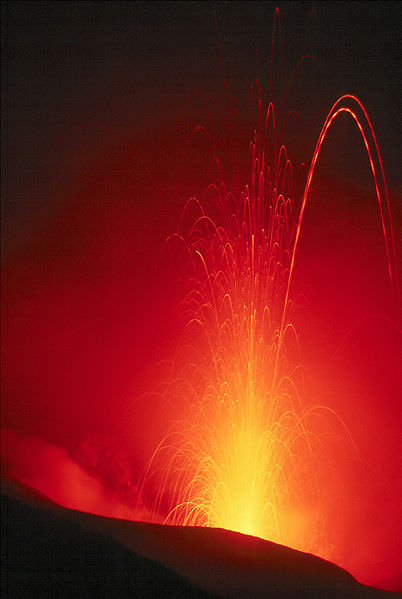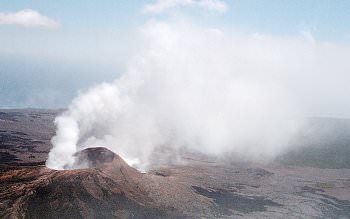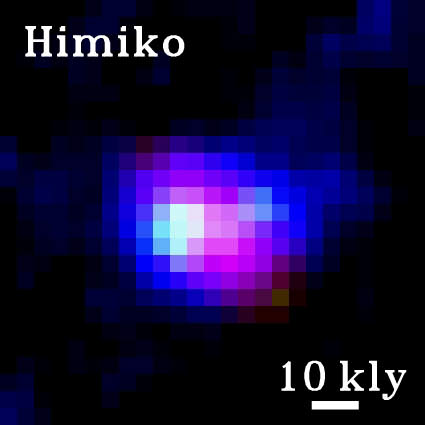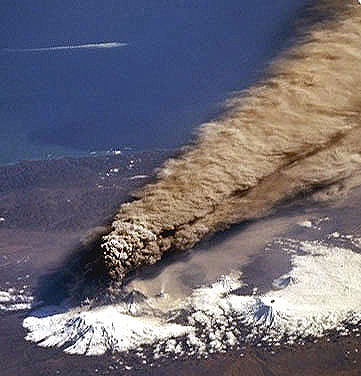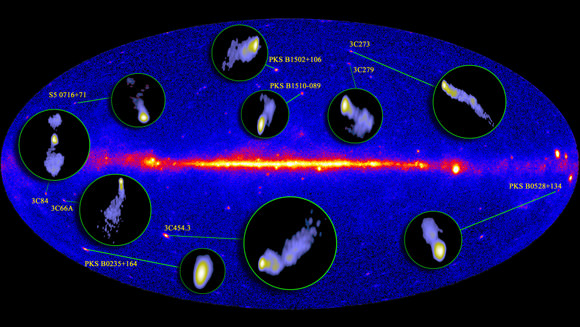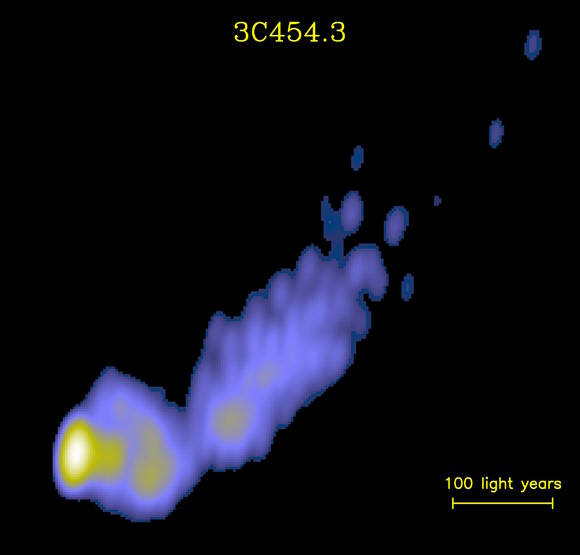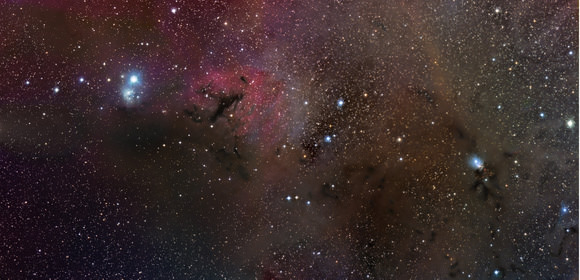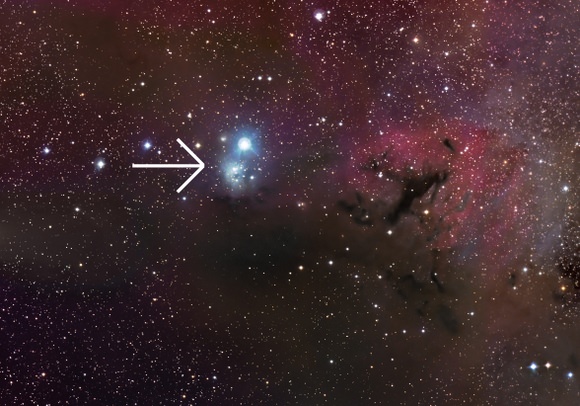[/caption]
Volcanoes make bad neighbors. Between 1900 and 1986, volcanoes have killed an average of 845 people every year. And volcanoes have so many ways to kill you, from the hot lava flows and clogging ash to the rock bombs and toxic fumes. Let’s take a look at dangerous volcanoes, and their associated volcanic dangers.
One of the most familiar aspects of a volcanic eruption are the lava flows. You might be surprised to know that lava flows are actually one of the least dangerous ways that volcanoes can try to kill you. Lava flows rarely move faster than walking speed, so you can easily outrun and avoid them. Buildings, roads and trees aren’t so lucky; however, and can be destroyed by the crushing weight and burning temperature of a lava flow.
Poisonous volcanic gases are a danger from volcanoes too. During an eruption, volcanoes can release vast amounts of water vapor, carbon dioxide and sulfur dioxide. If you encounter a cloud of pure carbon dioxide, you can suffocate without air. Other volcanic gases are poisonous and people have even been killed by acidic gases (ouch).
During an explosive eruption, volcanic ash is hurled up to 45 km in the air. Several cubic kilometers of ash can rain down around the volcano, covering everything in a thick layer of ash. It might look a bit like snow, but it’s rock, and very heavy. Just a few centimeters of volcanic ash is heavy enough to collapse buildings and kill crops.
You also have to watch out for rocks hurled out of volcanoes during an eruption. These volcanic bombs can be meters across and be hurled hundreds of meters and even kilometers away from the volcanic vent. Imagine a rock the size of a house falling from the sky.
But the volcano danger that kills more people every year is known as a pyroclastic flow. In some eruptions, hot rock and gas flow down the side of the volcano at speeds greater than 700 km/hour. A wall of material as hot as 1,000 degrees C plunges down the side of the volcano and can travel hundreds of kilometers away from the vent, destroying anything in its path. This is what destroyed the ancient Roman town of Pompeii.
Volcanoes are beautiful sights, but they have their dangers too, so be careful.
We have written many articles about volcanoes for Universe Today. Here’s an article about lightning around Redoubt volcano in Alaska.
Want more resources on the Earth? Here’s a link to NASA’s Human Spaceflight page, and here’s NASA’s Visible Earth.
We have also recorded an episode of Astronomy Cast about Earth, as part of our tour through the Solar System – Episode 51: Earth.
References:
http://www.geo.mtu.edu/volcanoes/hazards/primer/
http://www.appstate.edu/~abbottrn/vlcns/

